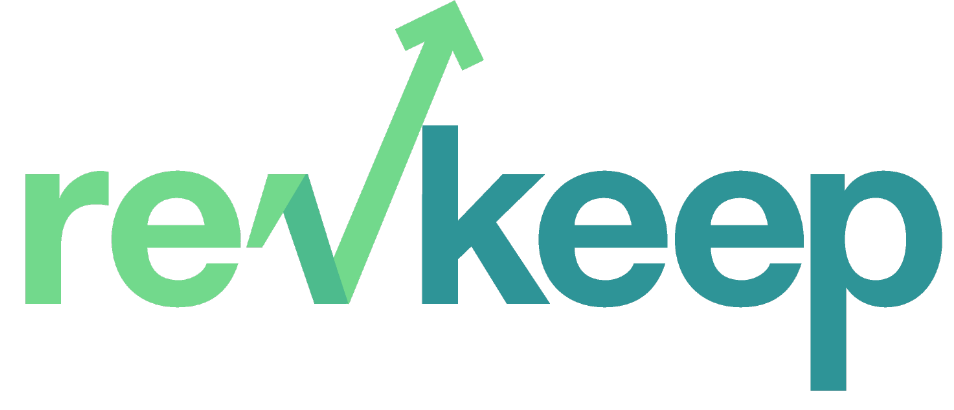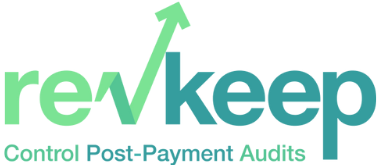Introduction
Are you tired of the complexities associated with RAC audits, struggling to meet documentation requirements, and anxious about responding effectively to payor audits? If so, you’re not alone. RAC (Recovery Audit Contractor) audits and the broader payor audit processes have become increasingly complex and demanding for healthcare providers and Revenue Cycle Management (RCM) teams. This blog aims to simplify the documentation requirements, helping you respond more effectively to RAC and payor audits. We’ll dive into the intricacies of RAC audits, the audit process, and the critical role of documentation in ensuring success.
Understanding RAC Audits
RAC audits are conducted by CMS-approved contractors to review healthcare provider claims for improper payments. The objective is to identify overpayments and underpayments and recoup funds or reimburse providers as appropriate. These audits aim to ensure that healthcare providers comply with Medicare regulations, billing, and coding guidelines. RAC audits are often initiated by automated reviews of claims data or identified as a result of targeted reviews, and they can encompass various aspects of the revenue cycle.
The RAC Audit Process
RAC audit processes consist of several stages:
Identification: RACs identify claims that require review based on data analysis and historical payment patterns.
Review: RACs conduct a thorough review of the selected claims, assessing their compliance with Medicare guidelines and policies.
Notification: Providers are notified of the audit, and they have a limited time to submit supporting documentation.
Documentation Submission: Providers must submit detailed documentation that supports the claims under review.
Adjudication: The RACs review the documentation and make determinations regarding overpayments, underpayments, or payment appropriateness.
Recovery/Reimbursement: Overpayments are recouped, while underpayments are reimbursed. Appeals may be filed if providers disagree with the RAC’s findings.
Reporting: RACs are required to provide periodic reports to CMS regarding their audit findings.
The Importance of Documentation
Effective documentation is crucial in RAC audits. Inadequate or incomplete documentation can lead to overpayments or denials, which can negatively impact a healthcare facility’s revenue. Here are key points to remember:
Medical Necessity: Clearly document the medical necessity of services provided. Ensure that the documentation supports the billed codes and services.
Proper Coding: Accurate coding is essential. Ensure that the codes used are supported by the patient’s medical record.
Timeliness: Submit requested documentation within the specified timeframe. Delays can lead to payment recoupment.
Thoroughness: Provide comprehensive documentation to support the claim. This includes progress notes, lab results, treatment plans, and other relevant information.
Consistency: Ensure consistency between the medical record and the billed claim. Any inconsistencies can trigger scrutiny.
Simplifying Documentation Requirements
To simplify the documentation requirements for RAC audits and enhance your chances of success, consider the following steps:
1. Staff Training and Education
Invest in training and education for your healthcare staff, emphasizing the importance of accurate and complete documentation. This includes physicians, nurses, coders, and billing staff. When everyone understands the significance of proper documentation, compliance improves.
2. Robust Documentation Software
Utilize electronic health record (EHR) systems and healthcare documentation software that facilitate accurate and efficient documentation. These systems can help ensure that all necessary information is captured, reducing the likelihood of missing documentation during an audit.
3. Regular Audits and Internal Reviews
Conduct regular internal audits to identify potential documentation gaps and areas for improvement. Address any issues promptly to minimize compliance risks.
4. Documentation Improvement Programs
Implement documentation improvement programs to enhance the quality of your healthcare documentation. These programs can provide guidance on proper documentation and coding practices.
5. Coding and Compliance Experts
Consider involving coding and compliance experts to review your documentation and coding practices periodically. Their expertise can help you identify areas for improvement and ensure compliance with RAC audit requirements.
Introducing RevKeep as a Solution
Responding effectively to RAC audits and payor audits requires a streamlined approach, and this is where RevKeep comes in.
What is RevKeep?
RevKeep is a comprehensive software solution designed to help RCM teams navigate the complexities of RAC audits and payor audits with ease. It streamlines the entire audit process, making it simpler and more efficient.
How RevKeep Simplifies RAC Audits
RevKeep offers the following benefits to help you win more RAC and private payor audits:
Efficient Documentation: RevKeep provides an easy-to-use platform for healthcare providers to capture and store comprehensive patient information. This ensures that all necessary documentation is readily available when responding to audits.
Automated Reviews: The software uses intelligent algorithms to identify potential coding and documentation issues, allowing providers to address them proactively.
Real-time Monitoring: RevKeep offers real-time monitoring of documentation completeness, helping providers stay on top of their compliance requirements.
Reporting and Analytics: Generate reports and analytics that can be invaluable for internal audits and continuous improvement.
In conclusion, simplifying documentation requirements is a key step toward more effective responses in RAC and payor audits. Effective documentation is the linchpin of a successful audit process, and it’s crucial for maintaining a healthy revenue stream for healthcare providers. To simplify your audit processes and enhance your chances of success, consider implementing RevKeep as your solution. RevKeep helps RCM teams streamline RAC and private payor audits, ensuring that you win more of them with ease.
Whether you’re a hospital, medical practice, or any healthcare provider, RevKeep is here to support you in navigating the complex world of audits, so you can focus on providing excellent patient care while maintaining financial stability. Learn more about how RevKeep can transform your audit response process by visiting our website at RevKeepSoftware.com. With RevKeep, you’ll be better equipped to face RAC audits and payor audits with confidence and efficiency.


